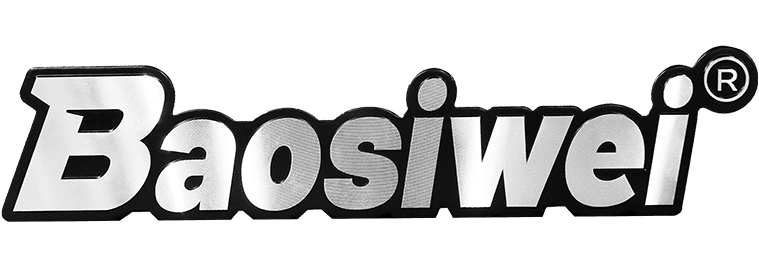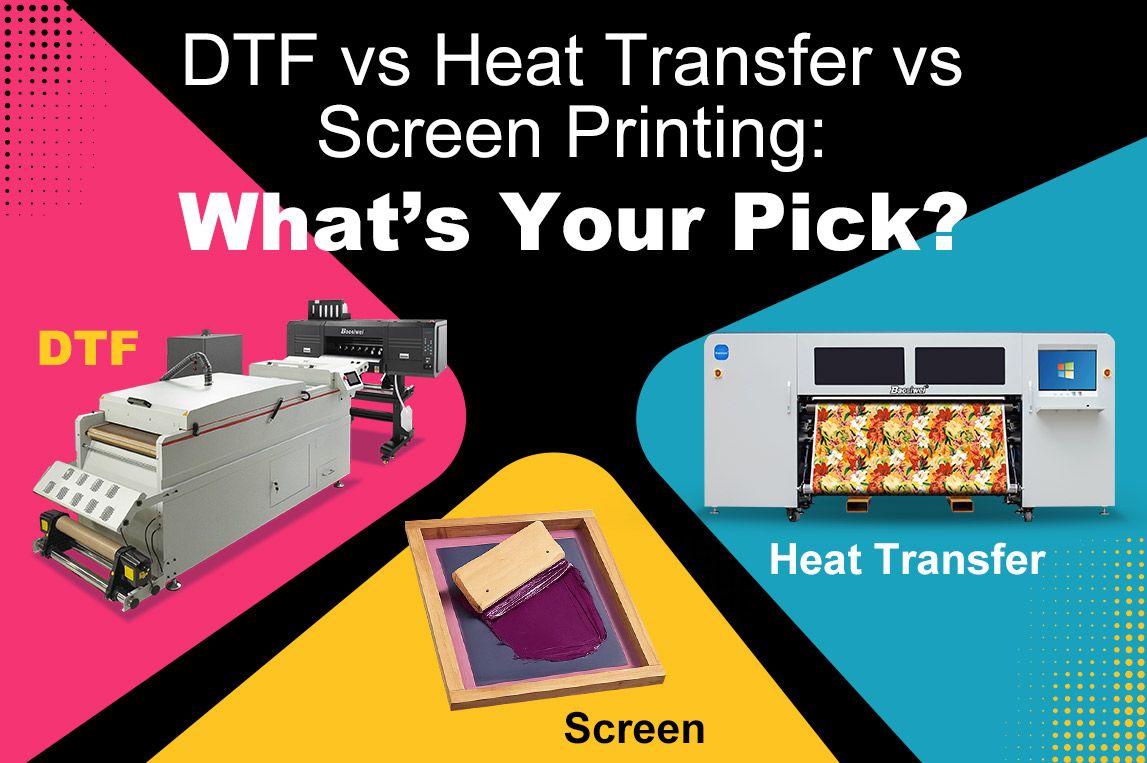
The Ultimate Guide to Printing Techniques: Why DTF Is the Breakthrough for Modern Factories
In today’s fast-moving textile and apparel industries, manufacturers face growing challenges: customers demand faster turnaround, more customization, and higher quality — often on a tighter budget. To meet these demands, factories have relied on a few core printing methods: heat transfer, screen printing, and the increasingly popular DTF transfer film.
So which method best fits your production needs? This guide explores the three processes in detail — their workflows, pros & cons, and performance metrics — and shows why many factories now see DTF printing, powered by solutions like the Baosiwei DTF machine, as the ideal choice to stay competitive.
Heat Transfer: Precision With a Price
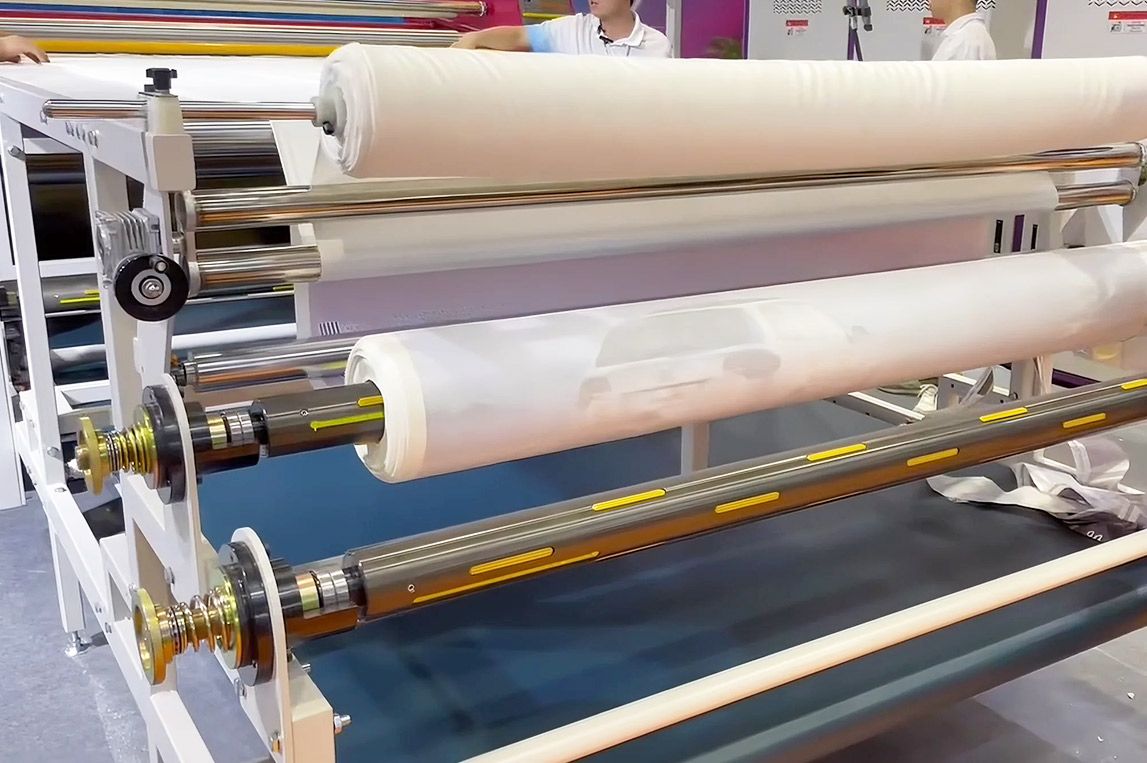
Process:
Print disperse dye ink onto transfer paper → press at 180–220°C, 0.5–1MPa → dye sublimates into fibers → cools and solidifies.
Strengths:
Excellent color reproduction (up to 95%), even fine details like hairlines are sharp.
Limitations:
- High heat may damage synthetic fabrics.
- Residual glue feel on light fabrics, edges prone to cracking after washes.
Screen Printing: The Reliable Workhorse
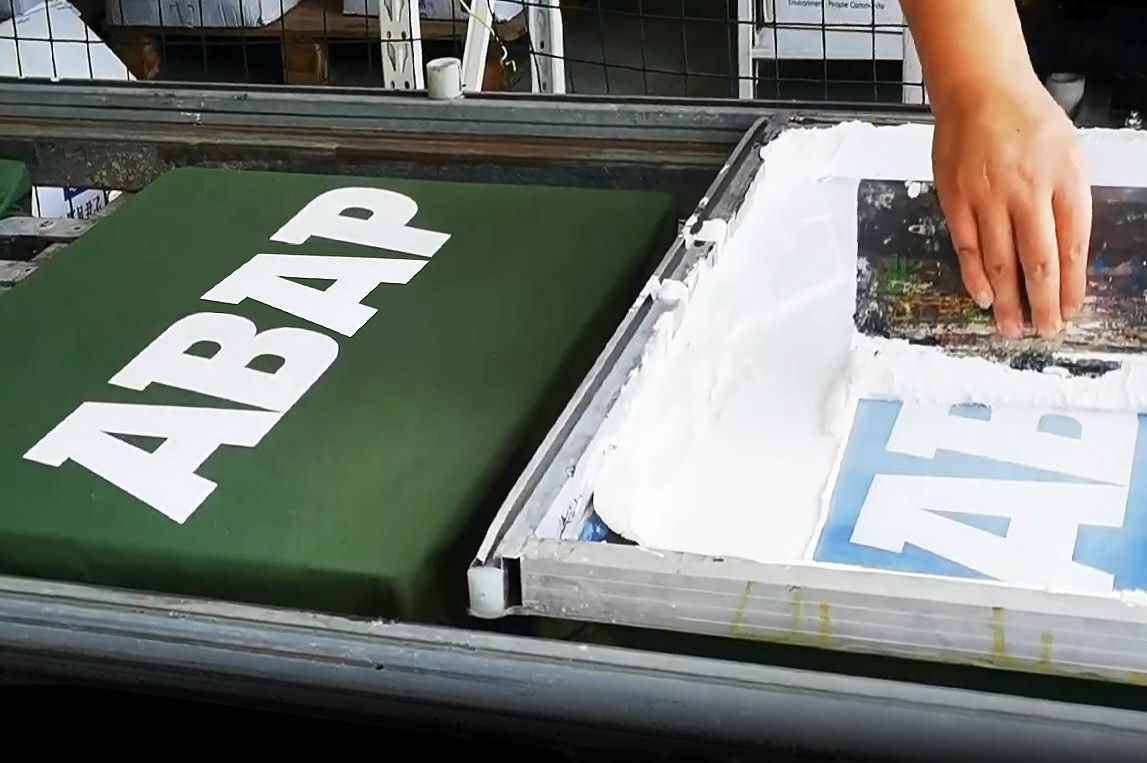
Process:
Push ink through a mesh stencil onto the fabric using a squeegee → detail depends on mesh count (80–300 mesh) → separate screens required for each color.
Strengths:
- Thick, durable ink layers (0.1–0.3mm) with a tactile, raised feel.
- Low cost per unit for large batches.
Limitations:
- Gradients are hard to achieve and require manual mixing.
- Complex designs risk misalignment and are limited to ~300dpi resolution.
DTF Transfer Film: Versatility Meets Speed
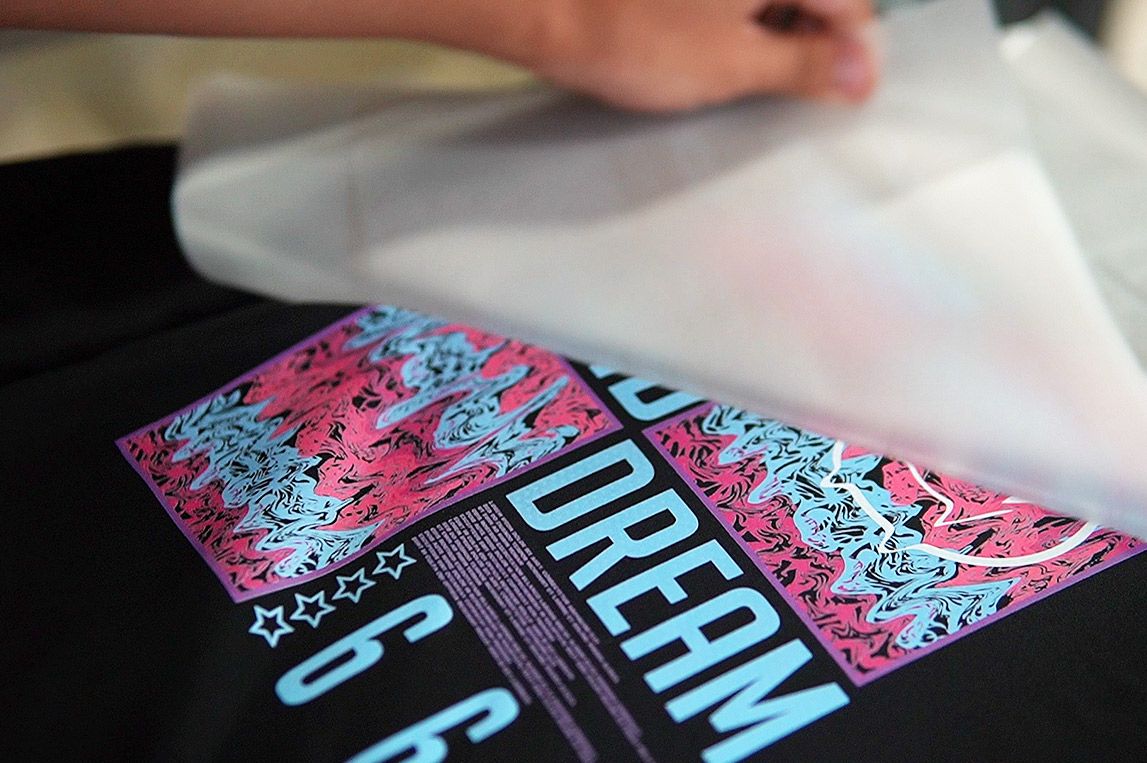
Process:
Print on PET film using a DTF printer → apply hot-melt powder → bake at 80–120°C → transfer at 150–180°C without high pressure.
Strengths:
- Compatible with nearly all fabrics (including velvet, leather, waterproof materials).
- Eco-friendly inks, proven durability after 50 washes.
- AI-assisted layout increases production efficiency by 3x.
Limitations:
The adhesive layer (~0.05mm) can feel slightly grainy on large designs — not ideal where ultra-smooth touch is critical.
At a Glance: Comparison Table
| Metric | Heat Transfer | Screen Printing | DTF Transfer Film |
|---|---|---|---|
| Color Performance | CMYK, prone to shift | Spot colors, hard to align | White base, ~16M colors |
| Texture | Gluey, thick | Stacked ink, less breathable | Ultra-thin (~0.1mm), soft |
| Materials | Cotton, polyester | Natural fibers | All fabrics |
| Resolution | ~1200dpi | ~300dpi | ~1440dpi |
| Eco-friendliness | Solvent-based, wastewater | Heavy metal inks | Water-based, no pollution |
Why More Factories Are Switching to DTF — and Baosiwei
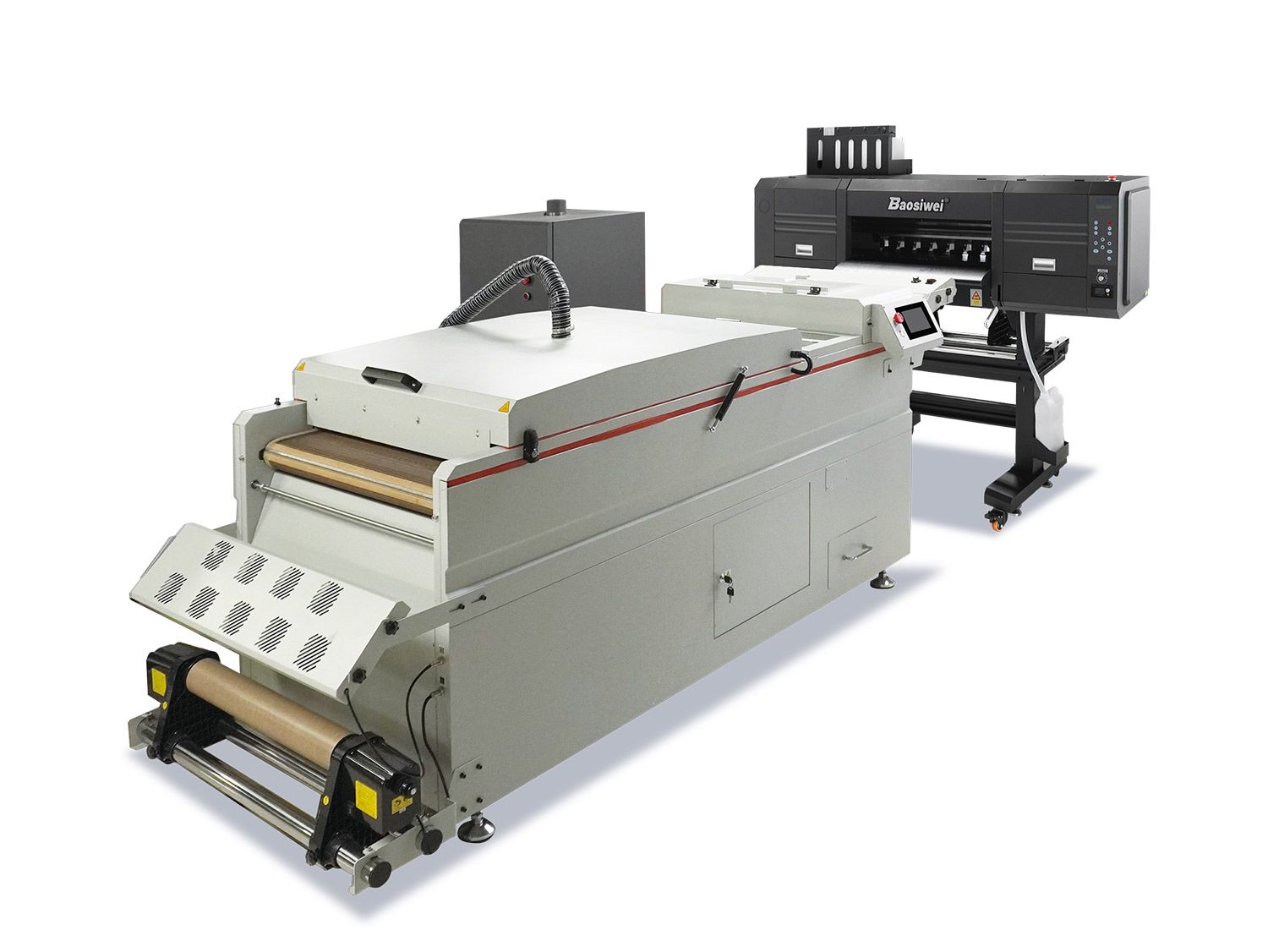
For factories struggling to keep up with fast fashion cycles, custom SKU production, or small-batch runs, DTF printing offers clear advantages:
- Dark Fabric Savior: Its unique white ink base eliminates the grayish look on dark fabrics seen with older methods.
- Cost-Effective: Lower equipment & material costs, reduced waste, and up to 30% lower operating costs compared to traditional techniques.
- Flexible Production: Start with just 1 piece, deliver within 24 hours — no need to stockpile inventory or wait for plates.
At Baosiwei, we’ve designed our industrial-grade DTF printers to meet these needs, combining high-speed output, AI-assisted layout capabilities, and compatibility with diverse fabrics. Our machines help factories scale production efficiently without compromising quality — and have already been trusted by manufacturers worldwide.
If you’re exploring ways to improve your workflow, minimize costs, and deliver stunning results, consider how the Baosiwei DTF solution can fit into your operations.
Ready to upgrade your printing process? Reach out to our team today — we’re here to help you find the right solution for your factory.
